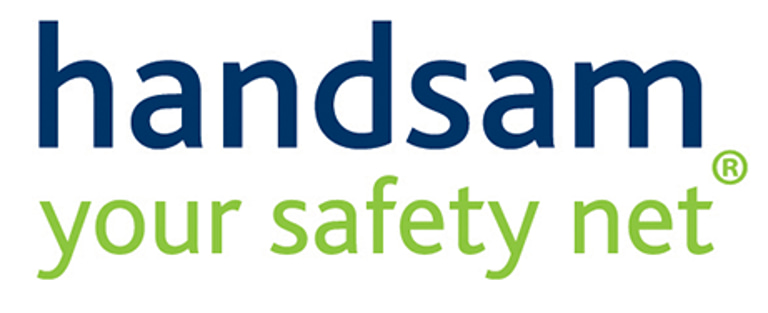
A Change in Standards for Eye Protection
The standards for eye protection have recently been reviewed and upgraded to a new ISO (international) standard.
While the new requirements are more rigorous than before, there is no need to replace existing stock of eye protection.
Suppliers are expected to begin selling products certified to the new standard during the autumn term, though they may continue to sell existing stock manufactured under the previous standard. As a result, organisations are likely to hold a mixture of products certified to both standards for some time.
Safety glasses previously labelled EN 166 will now be labelled EN ISO 16321 C; and
Safety goggles previously labelled EN 166 3 will now be labelled EN ISO 16321 3.
Products already certified under EN 166 may continue to be sold and used until their certification expires, up to a maximum of five years from the date of issue.
Updated Standard for Occupational Eye and Face Protection: EN ISO 16321-1:2022+A1:2025
After more than two decades, the benchmark standard for occupational eye and face protection has been modernised. EN ISO 16321-1:2022+A1:2025 will replace EN 166:2001 as the new international and European standard from 11 November 2025.
The updated standard introduces enhanced requirements that better reflect modern workplaces, diverse user needs, and advances in technology. For organisations involved in the design, manufacture, or certification of protective eyewear, understanding these changes is essential..
About EN ISO 16321-1:2022+A1:2025
This standard defines the general requirements for protective eyewear used in occupational and educational settings. It forms part of a broader series:
Part 2: Protectors for welding-related applications;
Part 3: Mesh protectors; and
Part 4: (In development) Protection against biological hazards.
The 2025 Amendment (A1) refines specifications for field of view, protection zones, and product markings, raising the bar for safety, inclusivity, and performance.
Why the Update Was Needed
The previous standard, EN 166:2001, served as the foundation for over 20 years but presented several limitations:
It relied on only two headform sizes (medium and small), failing to represent global facial diversity;
Some testing methods—such as those for field of view and optical clarity—were outdated or inconsistent;
It did not address emerging risks, including high-mass impacts and environmental hazards like explosive atmospheres; and
The new EN ISO 16321 standard replaces EN 166 and related standards EN 170, EN 171, EN 172, and EN 379, which are now formally withdrawn.
Implementation Timeline: 11 November 2025
From 11 November 2025, EN ISO 16321-1 will be the only recognised standard for new certifications in both the UK and EU. EN 166:2001 will no longer provide presumption of conformity.
Existing products certified to EN 166 may continue to be sold until their certification expires, for up to five years from the issue date. For example, a product certified before the November 2025 deadline could remain valid until late 2029, depending on its certification date.
Scope of Application
EN ISO 16321-1:2022+A1:2025 applies to:
Occupational safety eyewear such as spectacles, goggles, and face shields, used in industries including construction, healthcare, manufacturing, and laboratories;
Educational environments, including science laboratories and technical training workshops; and
Protective eyewear with plano or prescription lenses.
It does not apply to:
Live electrical work (e.g. arc flash protection);
Laser protection eyewear;
Sports eyewear;
Medical eyewear used during surgery;
Eyewear designed solely for solar protection; and
Protection against ionising radiation.
Separate standards govern these categories, and manufacturers should verify the correct route to compliance.
Key Changes to Note
1. Inclusive Headform Testing
The new standard uses six headform sizes (from ISO 18526-4) to more accurately represent the global population, replacing the previous two-size approach.
2. Improved Field of View
Enhanced measurement precision for field of vision.
For driving eyewear, a minimum 60° temporal field of vision per eye is now required.
3. Updated Impact Protection
All eyewear must pass a more stringent basic impact test using a larger, heavier steel ball.
Optional high-speed impact classifications have been revised:
C (45 m/s)
D (80 m/s)
E (120 m/s)
A new high-mass impact test simulates slow-moving, heavy object impacts using a 500 g steel projectile.
4. Enhanced Optical Performance
Stricter luminous transmittance: lenses must allow at least 80% of light to pass through (with limited exceptions); and
Haze measurement now replaces scatter testing to improve visual clarity.
5. Strengthened Physical Testing
A new penetration test limits vent and gap openings to 1.5 mm;
Heat stability testing now lasts 120 minutes, doubling the previous exposure duration; and
Expanded product markings include additional codes for protection against fogging, chemicals, liquid splashes, radiant heat, and other performance features.




Office 27, East Moons Moat Business Centre
Oxleasow Rd, Redditch B98 0RE
Phone: 0333 207 0737


